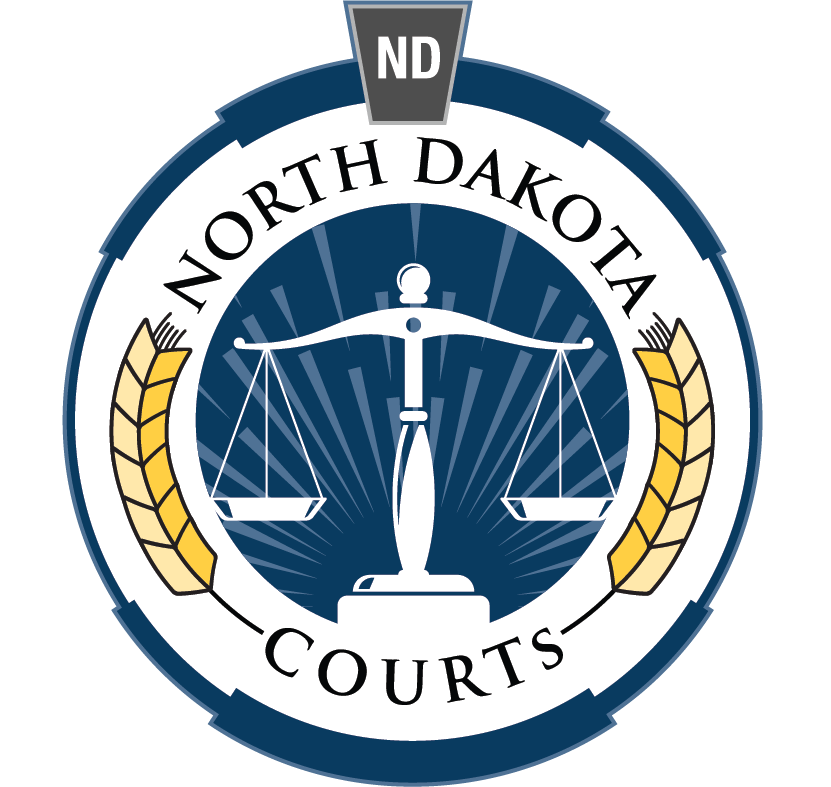Order of Adoption Wednesday, December 10, 2003
IN THE SUPREME COURT
STATE OF NORTH DAKOTA
ORDER OF ADOPTION
Supreme Court No. 20010001
Amendments to the North Dakota Rules of Professional Conduct
On January 3, 2001, the Joint Committee on Attorney Standardssubmitted proposed amendments as well as new rules regarding lawyer advertising and solicitation. Notice was provided under N.D.R.Proc.R. 7, and a hearing was held on the proposed amendments and new rules on March 26, 2001. At that time any written comments were also submitted to the Court.
The proposed amendments and new rules were referred back to the Joint Committee on Attorney Standards with a request that they be reviewed in light of the ABA Ethics 2000 final report. On September 24, 2003, the Joint Committee on Attorney Standards submitted its report, proposed rule amendments, and proposed new rules for the Supreme Court’s further consideration. The Court considered the matter,
ORDERED, the proposed amendments to N.D.R. Prof. Conduct 7.1and 7.2, and proposed new rules 7.3, 7.4 and 7.5, as further amended by the Court, are adopted effective March 1, 2004.
Dated at Bismarck, North Dakota, December 10, 2003.
- Gerald W. VandeWalle, Chief Justice
- William A. Neumann, Justice
- Mary Muehlen Maring, Justice
We dissent. See separately filed dissent attached.
- Dale V. Sandstrom, Justice
- Carol Ronning Kapsner, Justice
ATTEST:
Penny Miller, Clerk
I respectfully dissent.
I start with the proposition that disciplinary rules are not aspirational rules; they are rules to define conduct that is intolerable or incompatible with the practice of law and the conduct of the profession and to provide the basis for disciplining the lawyer who engages in such conduct. A lawyer’s direct in-person communication with a non-lawyer can be abusive. Rule 7.1, prior to these amendments, prohibited such abusive conduct. It provided, in part:
(b) A lawyer shall not, by in-person contact made by the lawyer or the lawyer’s representative, suggest or request that a nonlawyer employ the lawyer if the nonlawyer has not sought advice from the lawyer or the person professionally associated with the lawyer regarding employment of a lawyer and:
(1) the suggestion or request involves use of a statement or claim that is false or misleading, within the meaning of subsection (a); or
(2) the suggestion or request involves the use of undue influence, coercion, duress, compulsion, intimidation, threat, or vexatious or harassing conduct; or
(3) the lawyer or representative knows or reasonably should know that the potential client’s physical or mental condition makes it unlikely that the potential client can exercise reasonable, considered judgment as to the potential employment; or
(4) the suggestion or request involves use of a representative and the lawyer knows or reasonably should know that such conduct violates the representative’s contractual or other legal obligations.
(c) A lawyer shall not contact, in person or through a representative, a nonlawyer for the purpose of suggesting or requesting that the nonlawyer employ the lawyer or a person professionally associated with the lawyer if the lawyer or representative knows or reasonably should know that the potential client does not wish to be contacted for this purpose.
Prior Rule 7.1 dealt with the situation frequently described as “ambulance chasing,” when a prospective client is particularly vulnerable, and a lawyer who engaged in such conduct could be disciplined under it. The language quoted above has been deleted from Rule 7.1 and replaced with a new rule, Rule 7.3, dealing with direct contact with prospective clients.
Rule 7.3 makes sanctionable direct in-person contact that I would describe as ordinary commercial speech. I posit three examples which are sanctionable under this new rule.
A new lawyer moves to town in North Dakota. The lawyer walks up and down main street of her new town and hands out business cards, introducing herself and telling the people to whom the lawyer gives her business card that she would appreciate being able to assist them if they have legal needs.
A lawyer sitting at a banquet overhears another person sitting at the same table describe a problem he is having. The lawyer says to that person: “My firm has had experience in dealing with that issue. We would certainly be interested in helping you resolve it.”
After giving a speech to a local trade association, the lawyer socializes with its members. In conversation with a member the lawyer has never met before, he says to the member, “I know this is a problem you will be dealing with soon. With the information I’ve given you today, you’ll recognize the need for legal help and I hope you will come to me.”
None of the lawyers has violated the former Rule 7.1, but all of the lawyers have violated Rule 7.3(a) if they are hoping to get paid for their work.
This overly broad rule may make it more difficult for newly admitted lawyers to get established in the profession and will give an advantage to those firms with the resources and inclination to engage in expensive media advertising.
I do not believe Rule 7.3 could survive constitutional scrutiny, if challenged under the First Amendment. See Thompson v. W. States Med. Ctr., 535 U.S. 357 (2002); Greater New Orleans Broad. Ass’n v. United States, 527 U.S. 173 (1999). The fact that this Court promulgates a rule to regulate a profession rather than ordinary commercial speech does not immunize it from challenge. Republican Party of Minn. v. White, 536 U.S. 765 (2002); Ibanez v. Florida Dep’t of Bus. & Prof’l Regulation, 512 U.S. 136 (1994).
Because I believe prior Rule 7.1 appropriately dealt with unethical in-person contact, I dissent from the amendments to that rule. Because I believe Rule 7.3 is more extensive than necessary to serve this Court’s interest in disciplining lawyers whose in-person contact with prospective clients is incompatible with the standards of our profession, I dissent from the adoption of Rule 7.3.
- Carol Ronning Kapsner
- Dale V. Sandstrom

